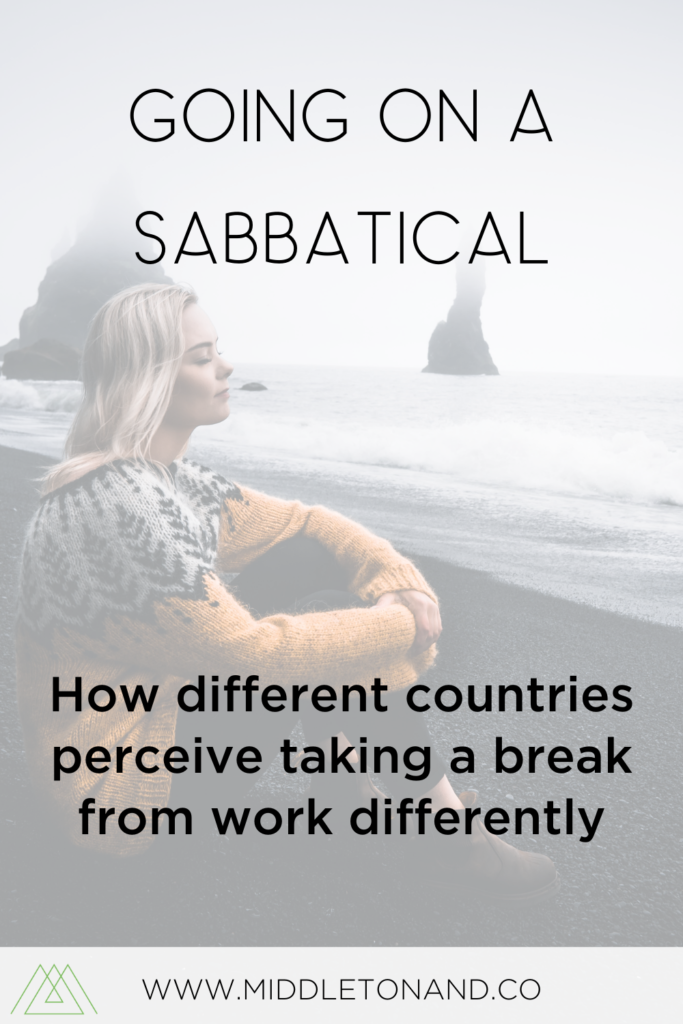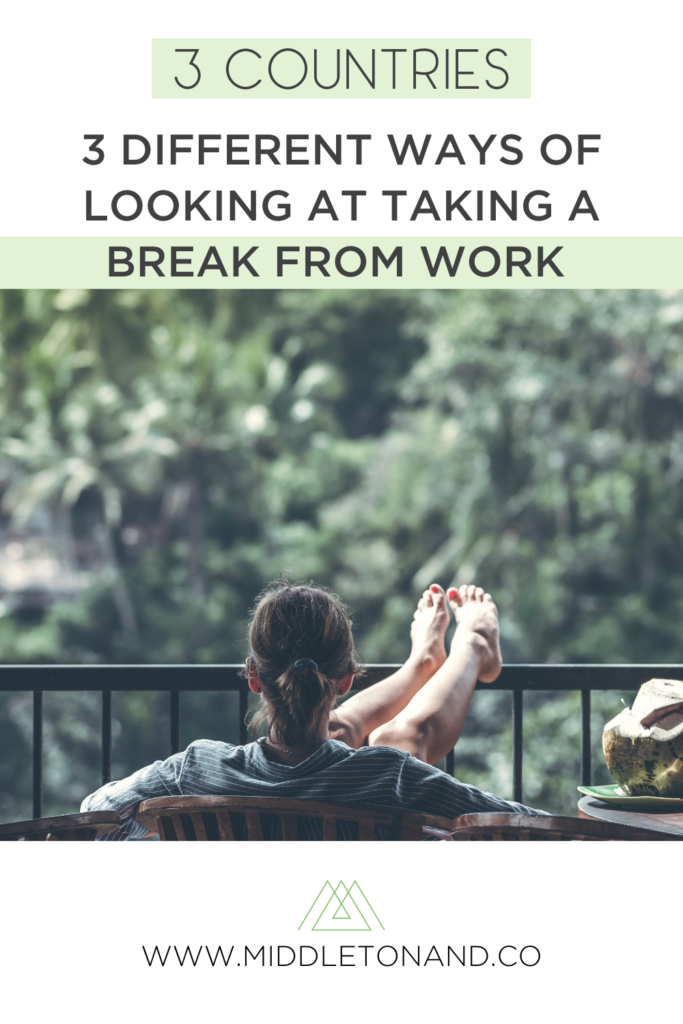Taking a break from work boosts wellbeing, morale, and productivity. This has been proven time and time again. Numerous studies have explored the importance of small breaks throughout the day, but what about breaks that are a little longer?

Sabbaticals can range from a month off work, to up to a year (or two!). Despite the temptation to be “always on,” the best leaders have discovered, and a growing amount of research is backing this up, that the best way to stay productive for long periods of time is to spend a good portion of it being deliberately unproductive. Recent research from Project Time Off suggests that there might not be enough employees taking time off, and even if they are taking time off, they should be taking more of it. There’s a rising trend in employers offering more long-term vacations and sabbaticals in the US, and according to Harvard Business Review, everyone benefits.
Sabbaticals originated in the academic world, and so most studies are found in this sector. However, other industries are starting to take note. More corporate settings are starting to understand the importance of taking a break, not just within the working day, but long term. Those returning from sabbaticals were indeed more productive, had improved overall wellbeing and also gained interpersonal skills that they wouldn’t have gained elsewhere.
We’re convinced taking an extended break from work is beneficial. We both did it and we would do it again. One thing we’ve seen is that it doesn’t have to hurt your career – quite the opposite! If you want to learn more about how it can help grow your career click here.
And the assumption that careers are built in a linear way, climbing up the ladder through promotions and annual raises, is just that, an assumption. As a way to look at this assumption through a different lens, we looked into how other countries treat not only breaks at work but sabbaticals too. Here’s what we found:
Sweden
There’s a word in Swedish that can’t be translated into English, it’s unique. It’s Fika. Fika is a little like a coffee break. It’s the time of day when all employees, bosses, and assistants alike, spend time drinking coffee accompanied by a sweet pastry treat. It’s often a mandatory part of the working day. The word is derived from the word “fikapaus”, which means taking a break from work. This is a great start!
Have you ever felt self-conscious about leaving your desk for a break? Well, in Sweden this is encouraged! And we sure think it is great.

Fun Fact: Starbucks offers a sabbatical program after a certain number of years of work, and they call it a Coffee Break!
How do they feel about sabbaticals now?
According to the World Economic Forum for the last 20 or so years, workers in Sweden have had a statutory right to take six months off from work to start their own business. The idea is to offer people the chance to create something new, and this is actually how the popular companies Spotify and Skype were born! Anyone who’s been in full-time employment for at least six months is entitled to apply for the unpaid sabbatical. Employers can only turn the request down if the employee is vital to the business’s operations. Also, the new business idea can’t compete with the existing employer, nor cause them any significant inconvenience.
This being said, when it comes to the traditional sabbatical framework, it doesn’t seem so easy in Sweden. While they offer generous leave for personal reasons such as maternity leave, a period of absence to travel is not as common.
Italy
Italy has been named one of the healthiest nations, due to their nutritious diet and love for connection and enjoying life. Many companies will close between the hours of noon and 4 pm to enjoy a long lunch break, often involving going out for a meal and engaging with friends and colleagues. This custom, known as Riposo, is seen commonly in churches, stores, and museums.
In terms of extended breaks, the sabbatical year was recognized in Italy as part of work life thanks to “law 53” in the year 2000. This law allows both private and public employees with a minimum of 5 years seniority in their current organization to request a sabbatical year. To be able to take a sabbatical year, Italian employees are required to submit a detailed plan to their company outlining exactly how they intend to spend the time. No paid work is allowed to be done while on sabbatical, unlike other countries, such as the United States where this is allowed in certain circumstances.
Japan
It’s not uncommon to see people snoozing at their desks, in class, at train stations, and in shopping centers in Japan. Known as Inemuri, sleeping in the middle of the day is regarded as a sign of hard work, rather than being seen as lazy, and some bosses even encourage it!
When it comes to taking prolonged work breaks, such as sabbaticals, it looks like it’s down to the company. Sabbaticals aren’t commonplace in Japan. They are a nation that works incredibly hard, but it’s definitely possible depending on where you work.

It looks like overall, while countries may differ in the way they take breaks during workdays when it comes to sabbatical leave, it entirely depends on who you work for!
With the world becoming more and more global, and influences coming from different parts of the world now is a great time to create a new culture around taking extended breaks. If your employer doesn’t support it, then it might be a great time to suggest it as an idea, or change things up and enjoy that time in-between jobs!
With the benefits of taking breaks being so impactful and important, why wouldn’t we take advantage of it?
If you’re wondering how you could make a sabbatical a part of your career, get in touch with us! With the right planning, taking a break from work can be one of the best decisions you’ve ever taken! It was for us, at least!
Schedule a discovery call now or send us an email at clientservices@middletonand.co
Like this article? Make sure to Pin It so you can go back to it later!



